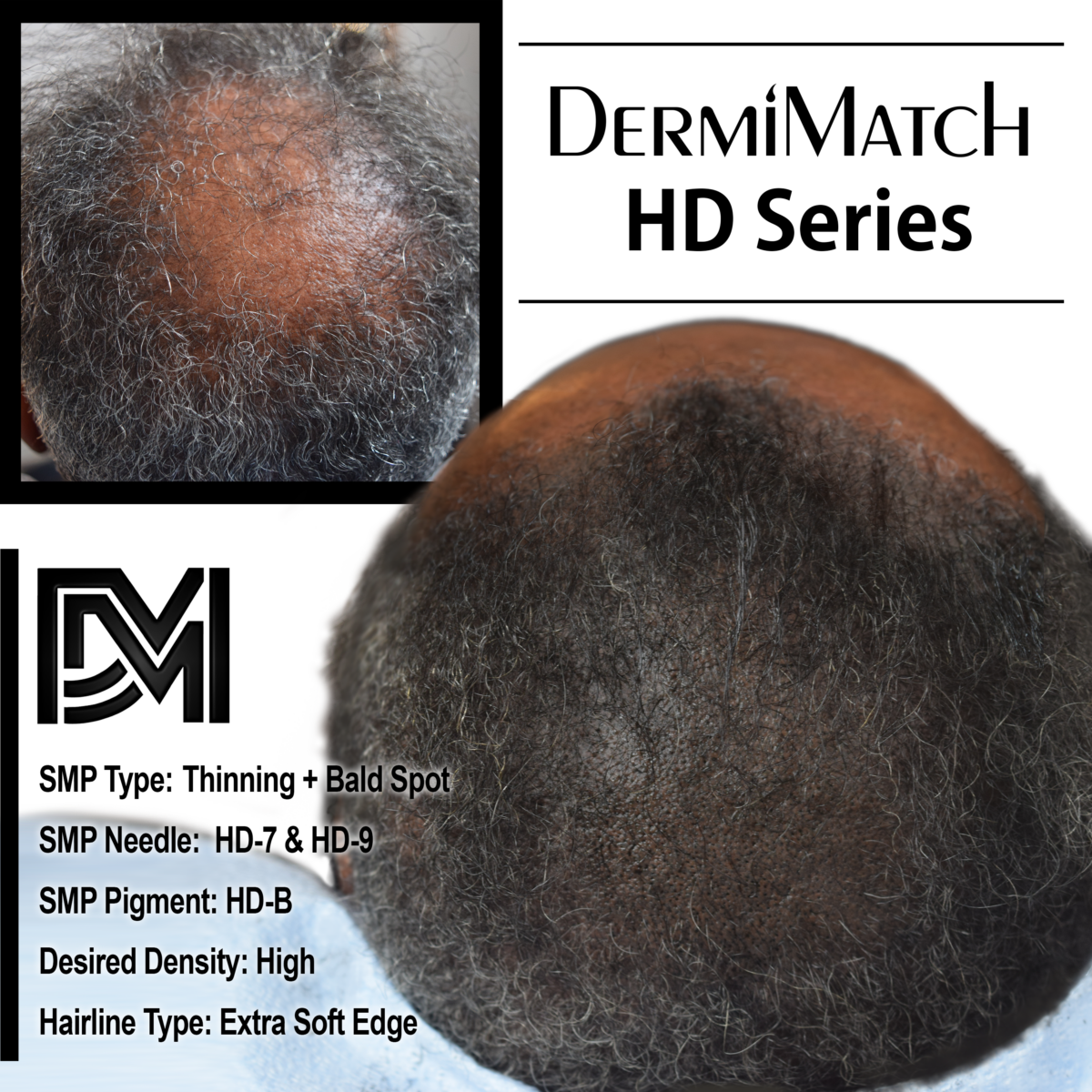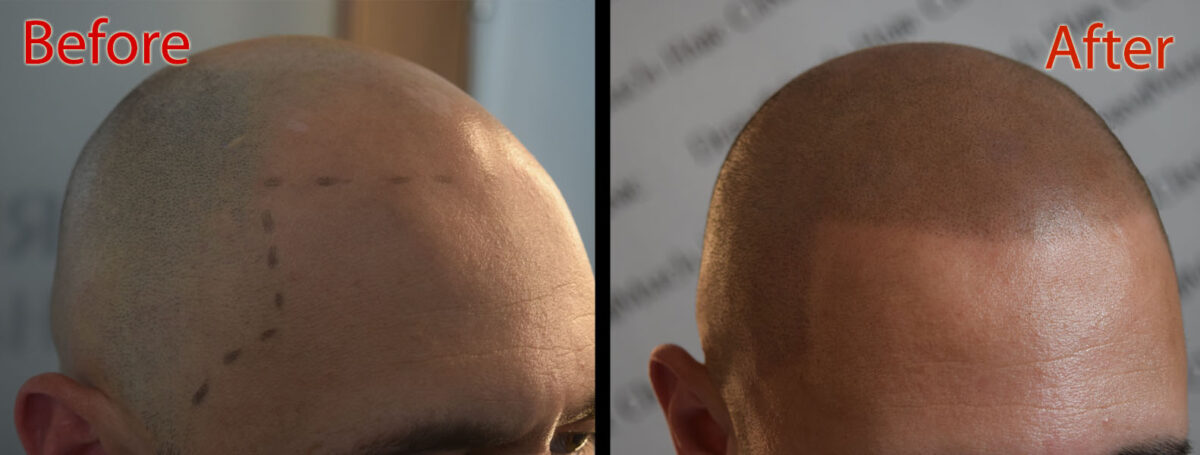Laser hair therapy, also known as low-level laser therapy or laser hair restoration, is a non-invasive treatment option for hair loss. It involves the use of low-level lasers to stimulate hair follicles and promote hair growth.
Understanding Laser Hair Therapy
Laser therapy works by delivering low-level laser energy to the scalp. This energy penetrates the skin and stimulates hair follicles, increasing blood flow and nutrient delivery to the affected areas. This increased blood flow and nutrient supply can help promote hair growth and improve hair thickness.
How Does Laser Hair Therapy Work?
Laser hair therapy sessions typically involve applying a laser cap or handheld device to the scalp. The laser energy penetrates the skin and stimulates hair follicles. Multiple sessions are usually required to achieve optimal results.
Light Energy: Laser hair therapy uses low-level lasers to deliver red light energy to the scalp.
Hair Follicle Stimulation: This energy penetrates the skin and stimulates follicles, increasing blood flow and nutrient delivery to the affected areas.
Improved Hair Growth: The increased blood flow and nutrient supply can help promote hair growth and improve hair thickness.
Types of Laser Hair Therapy
Laser Cap: A cap fitted with multiple lasers is placed on the head during treatment sessions.
Handheld Device: A handheld device is used to apply laser energy to the scalp.
Studies have shown that laser therapy can be effective in promoting hair growth and improving hair density in individuals with pattern baldness.
Factors Affecting Results
The effectiveness of laser therapy can vary depending on several factors, including:
Severity of hair loss
Individuals with mild to moderate hair loss may experience better results than those with advanced hair loss.
Individual response
The response to laser hair therapy can vary from person to person.
Treatment frequency and duration
Regular and consistent treatments are generally necessary for optimal outcomes.
Scalp Micropigmentation as an Alternative
Laser therapy is a promising non-invasive treatment option for hair loss. It can help stimulate hair growth, improve hair density, and provide a safe and effective solution to address hair loss concerns.
For individuals with significant hair shedding due to a disease, treatment, or stress or even allergic reaction, laser therapy might not be effective.
In such cases, you may look for alternative treatments that can help camouflage your scalp problem. For example, scalp micropigmentation may be a suitable alternative. SMP involves the application of tiny pigment dots to the scalp to mimic the appearance of shaved hair. This can help disguise hair loss and create a fuller, more natural-looking appearance.
Scalp micropigmentation is a permanent procedure that can provide immediate results. However, it is important to consult with a qualified Arizona scalp professional to ensure that SMP is the right choice for your individual needs.
If you are looking for experienced hands for SMP in Arizona, look no further than DermiMatch Clinic scalp experts.
The team is skilled and experienced in Arizona scalp micropigmentation and has helped transform lives of thousands of clients suffering from hair loss. Get help now.










